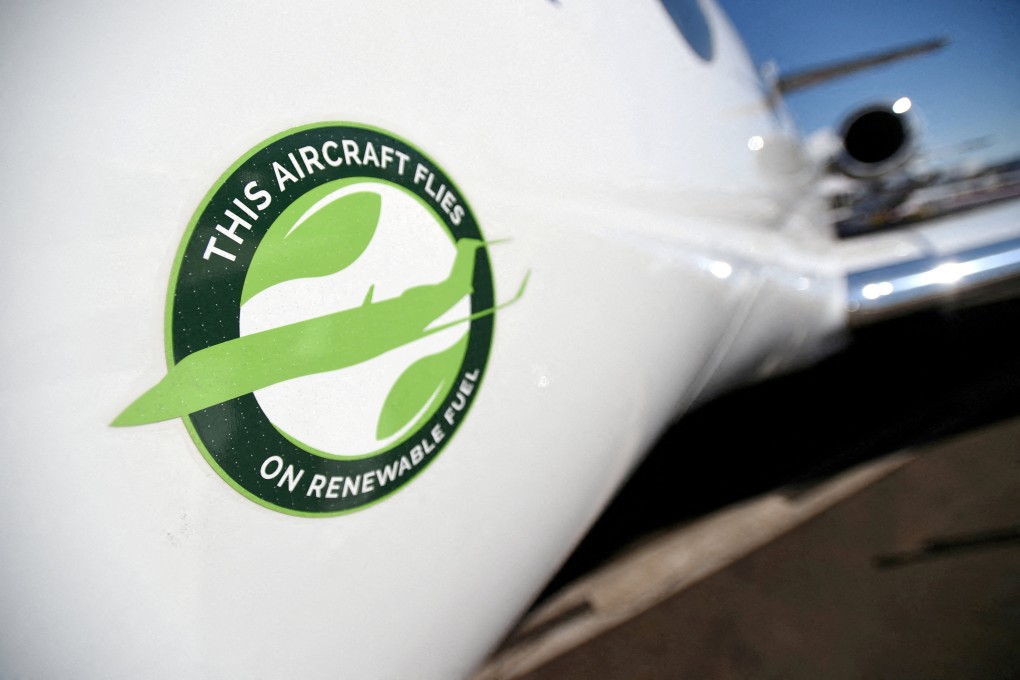Sustainable aviation fuel: why policies are key to unlocking vast growth potential in greener flying in Asia and China
- Asia-Pacific, including China, is a huge potential market for sustainable aviation fuels, according to an executive with the world’s largest producer
- Lack of clarity about government targets for such fuels stands as a hurdle to the market’s growth, he says

Global consumption of sustainable aviation fuel (SAF) made from non-fossil materials could exceed 12 million tonnes annually by 2030, and the Asia-Pacific region is a huge potential market, according to Neste, the world’s largest producer of green jet fuel.
Governments can help encourage the use of such fuels by outlining clear targets for the percentage of SAF that should be blended with fossil-based jet fuel, according to Sami Jauhiainen, vice-president of Asia-Pacific renewable aviation at the Finnish oil refining and marketing group.
“In Asia-Pacific, some countries have already published clear targets, like Japan with a 10 per cent blending goal by 2030,” he said in an interview. “In China, it is more difficult [to project], because there is no clear target.”
Given that jet-fuel consumption in mainland China and Hong Kong was just over 40 million tonnes a year before the onset of the coronavirus pandemic in 2020, there is a potential SAF market of several million tonnes annually if similar targets are established, he noted.

“We see a lot of potential to grow,” Jauhiainen said. “Hong Kong is the world’s largest cargo hub, while China is the world’s second-largest aviation market after the United States, with a strong growth outlook.”
